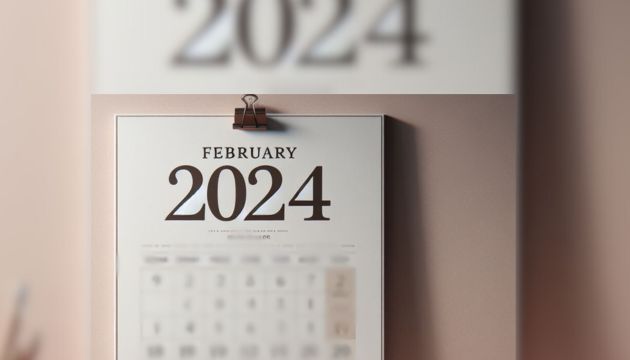The concept of a leap year and the peculiar length of February have been ingrained in our calendar system for centuries, providing a fascinating glimpse into the intricacies of timekeeping.
In this article, we will explore what defines a leap year, the historical background behind February’s 29 days, and how the days of a year are counted.
What is a Leap Year?
A leap year occurs every four years, during which an extra day is added to the calendar. This phenomenon is necessary to synchronize the calendar year with the solar year, which is approximately 365.2422 days long. Without the addition of an extra day every four years, our calendar would slowly drift out of sync with the Earth’s orbit around the Sun.
The Gregorian Calendar:
The modern leap year system is primarily based on the Gregorian calendar, introduced by Pope Gregory XIII in October 1582.
The Gregorian calendar replaced the Julian calendar, which had a slightly different method for accounting for leap years. Under the Gregorian system, a year is considered a leap year if it is divisible by 4.
However, years divisible by 100 are not leap years unless they are also divisible by 400. This adjustment helps maintain a more accurate alignment with the solar year.
Historical Background of February’s 29 Days:
The reason February has 29 days during leap years is rooted in ancient Roman history. The original Roman calendar had ten months, totaling 304 days, and a winter period that was not assigned to any month.
The Romans later added two months, January and February, to align the calendar with the lunar year. February, being the last month in the Roman calendar, was initially given 28 days.
However, the Romans believed even numbers were unlucky, and an additional day was needed to bring the total number of days in February to an odd number. Hence, during a leap year, an extra day was inserted at the end of February, resulting in 29 days.
Counting the Days of a Year:
The basic unit of timekeeping is the day, which is defined as the time it takes for the Earth to complete one rotation on its axis.
A year is the time it takes for the Earth to complete one orbit around the Sun. The common calendar year consists of 365 days, with an extra day added during a leap year to maintain synchronization with the solar year.
Leap years and the unique length of February are the result of centuries of refinement in calendar systems.
These adjustments highlight our ongoing efforts to harmonize human-made timekeeping with the natural cycles of the cosmos. Understanding the historical background and purpose of leap years enriches our appreciation for the intricate tapestry of time that governs our daily lives.
(Islamabad51_Newsdesk)












